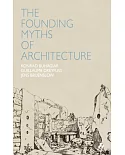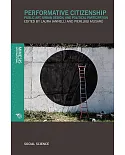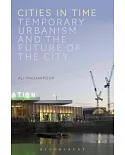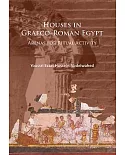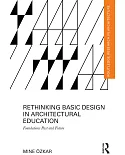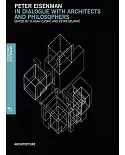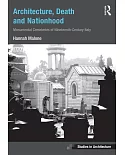Tracing the transformation of Western architecture from the eclipse of modernism in 1966 to the onset of the 21st century, Kaminer (Delft School of Design, Delft U. of Technology, the
Netherlands) describes the connections between disciplinary crisis and wider social, economic, and political crisis arising out of the change from an industrial, Fordist, capitalist society to
a post-industrial, post-Fordist, late capitalist society that involved a shift in interest to the ideal and the imaginary over materiality and the real. This shift, he argues, resulted in
disciplinary crisis as architecture, unable to satisfy the new demands of society, retreated into itself through a focus on historicist interests of postmodernism and the autonomous paper
architecture of the 1970s. It was this latter movement, in particular, that laid the groundwork for architecture to reclaim its self-confidence and credibility and to once again engage with the
real, as first represented by the work of Rem Koolhaas. Annotation 穢2011 Book News, Inc., Portland, OR (booknews.com)


